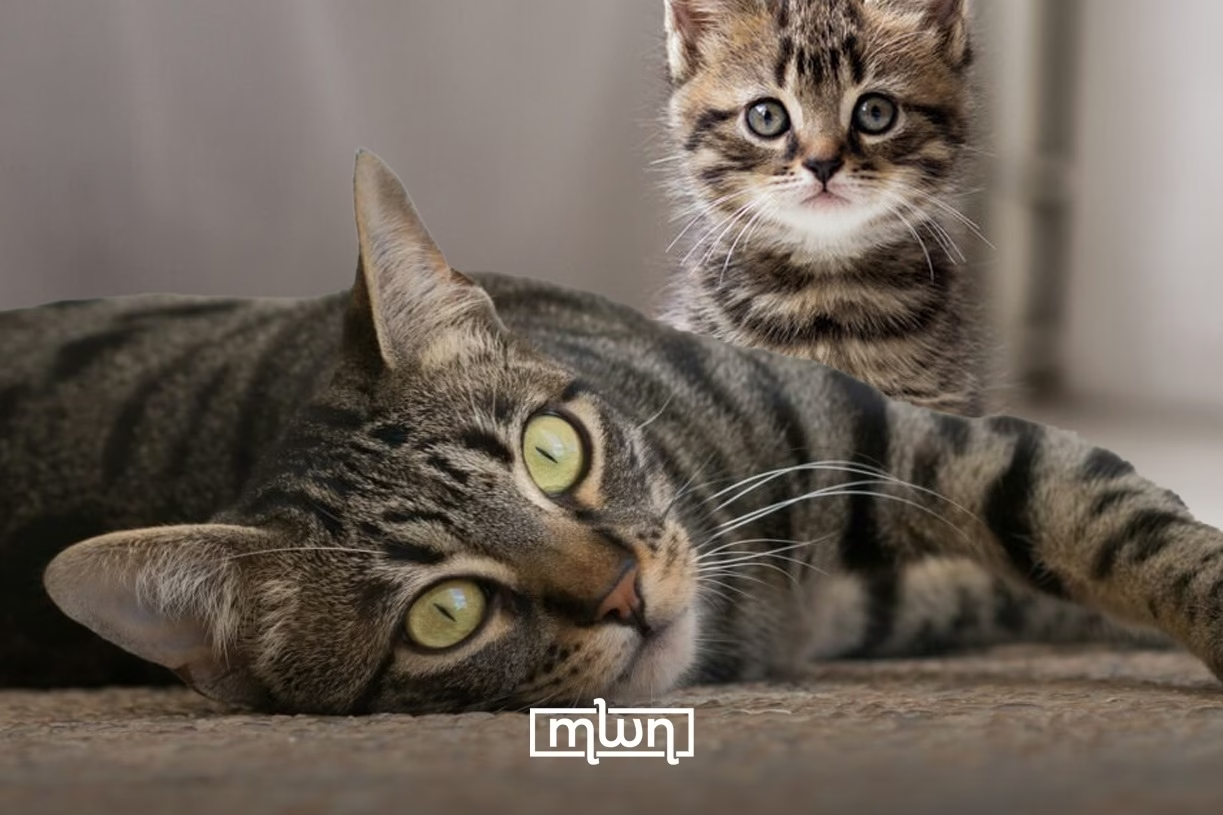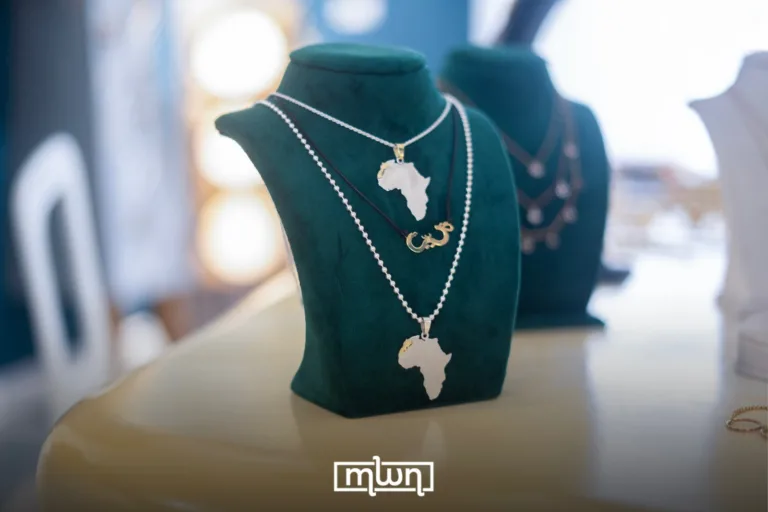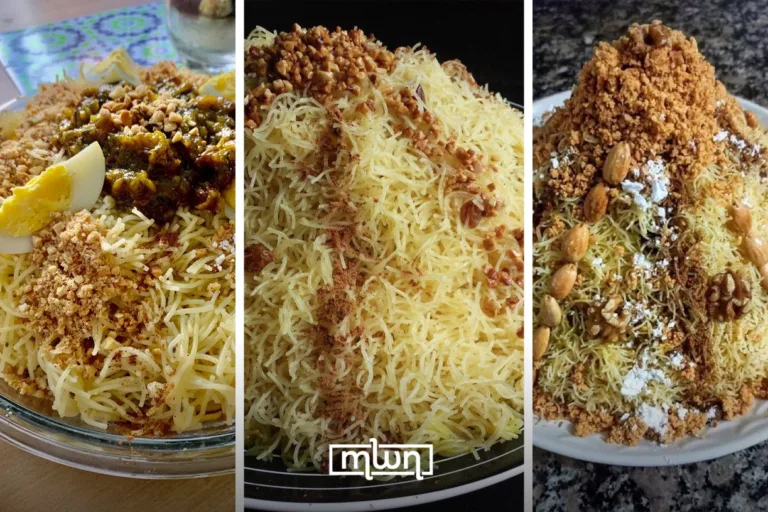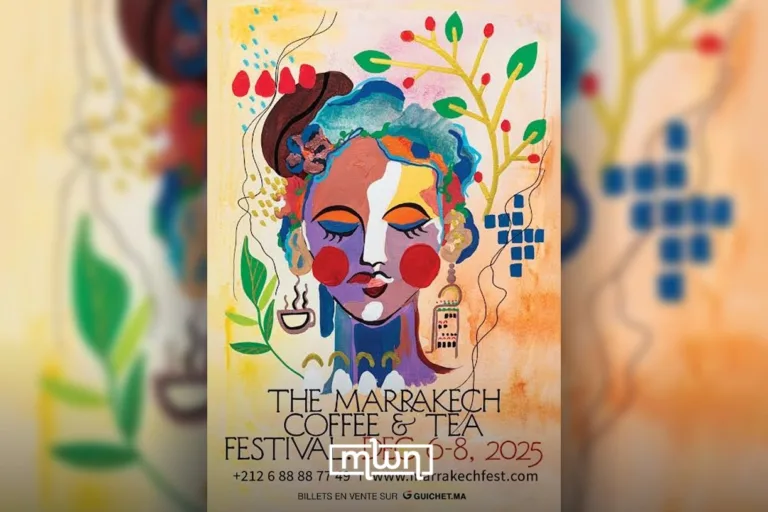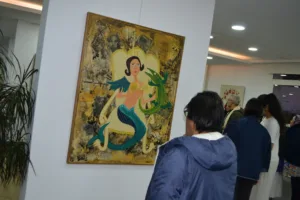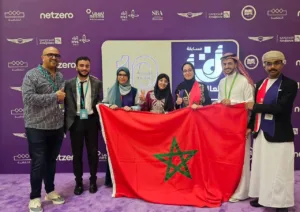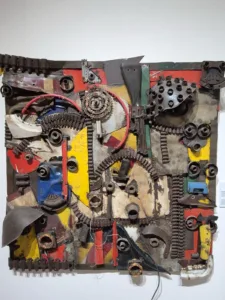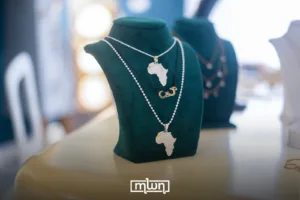Cats are everywhere in Morocco, living alongside us, present in our beliefs, culture, and daily life.
Rabat– In Morocco, you never walk alone. Whether strolling the narrow alleys of the medina or resting in the sun-drenched courtyards of a mosque, chances are, a cat is nearby.
They are in markets, on rooftops, and in cafés. Welcomed, sometimes fed, always present. With a centuries-deep history, Morocco’s relationship with cats is tied to religion, culture, and utility.
The cats’ long-lasting presence in Morocco is no accident. While domestic cats are now found worldwide, their origins can be traced back mainly to North Africa and the Near East, where wild cats (Felis lybica) were first domesticated over 9000 years ago.
As trade routes expanded, cats traveled with merchants and sailors, embedding themselves in port cities like Tangier, Essaouira, and Casablanca. Over time, their presence became an expected part of urban life.
Islam holds a special place for cats. The Prophet Mohammed is said to have had a beloved cat named Muezza.
In a well-known story, when the call to prayer was heard, the Prophet chose to cut off a piece of his garment rather than disturb the cat sleeping on it.
You would also see him walking by, carrying Muezza in his arms, on his way to pray in Mecca.
In addition to being considered sacred, cats are believed to be a pure being as a species, and so are welcome in mosques. Such teachings helped develop a cultural respect for cats.
In today’s Morocco, cats are both household companions and a big part of public life. Many families keep cats at home, loved, named, and cared for.
However, the stray ones are not abandoned. The street is their home, and they are cared for by the community through shared feeding and attention.
This creates a unique relationship between Moroccans and their feline friends: cats are both owned and communally watched over, part of both private homes and public spaces.
Nowhere is this bond more visible than in Fez’s old medina, where cats are so deeply entangled in the citizens’ daily life that many refer to them as the guardians of the medina.
While informal care remains widespread, growing awareness of animal welfare is encouraging more efforts like the TNVR method to manage overpopulation humanely.
Amid all these changes and conversations around responsibility, the cat remains what it has always been in Morocco: a quiet companion, respected and welcomed, whether on the couch or in the alley.

